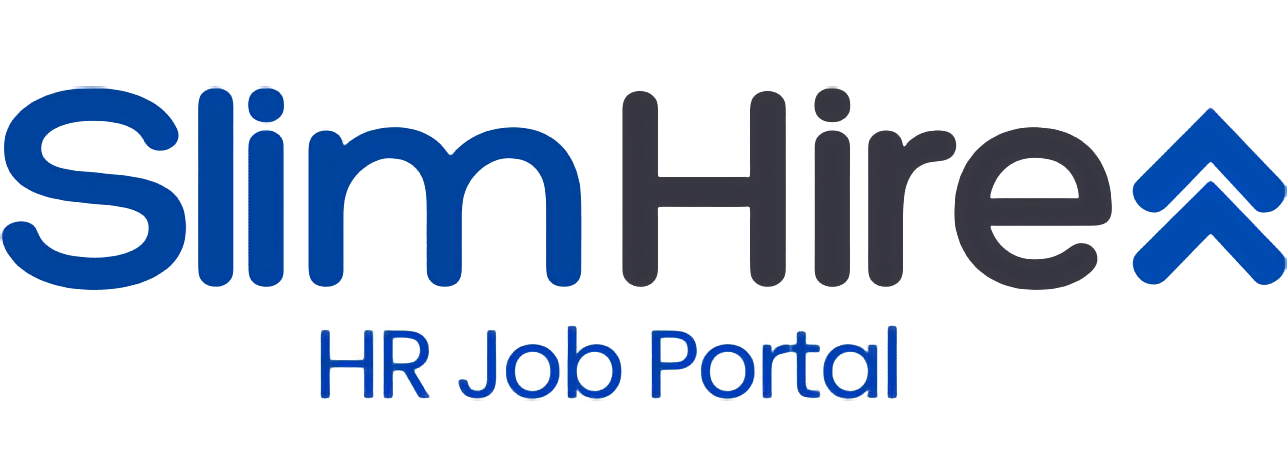Rebuilding HR Org Structures After a Merger or Restructuring: A Practical Framework
Mergers, acquisitions, or large restructurings are disruptive—especially to HR. Org charts blur, responsibilities overlap, and uncertainty affects both productivity and trust. This guide provides a straightforward, functional approach to rebuild or redesign the HR organizational structure with stability and future readiness in mind.
1. Start with the Business Priorities, Not the Old Org Chart
Instead of copying the legacy structure or merging “boxes,” step back and ask:
- What’s the new business model or operational priority post-merger?
- What HR capabilities must support this (e.g., decentralized HRBP? Shared service? Field HR ops?)
Let the business operating model shape the HR org—not the other way around.
2. Map Functional Coverage: What Needs to Be Centralized, Regionalized, or Localized
Classify HR activities by how they should be delivered:
- Centralized: C&B policy, L&D framework, digital tools, employer branding
- Regionalized: TA for specific plants, compliance monitoring, IR advisory
- Localized: Union handling, labor reporting, local government permits, plant-level onboarding
This eliminates duplication and provides clarity to leadership and staff on roles.
3. Define Clear Role Types and Skill Sets Needed (Not Just Job Titles)
After structure, define role types based on what the new system demands:
- HRBP: Embedded support with strategic insight and business proximity
- Shared Service Lead: Operational command for admin-heavy areas
- Specialist Leads: Deep experts in OD, L&D, TA, ER, C&B
Include transition plans: which old roles can evolve into these new demands, and which may not.
4. Prioritize Stability in the First 100 Days
In a post-M&A or restructure environment, instability kills momentum. Focus on:
- Retaining key legacy staff with high influence and trust
- Communicating role clarity, even if temporary
- Avoiding over-promises—many questions will evolve
Your goal is to reduce noise, not to perfect the structure immediately.
5. Create Clear Career Maps for HR Team Members
Talent loss happens when HR staff don’t see their place in the new world.
Build a 3-track HR career framework:
- Specialist Track (deep functional mastery)
- HRBP/Generalist Track (business interfacing)
- Leadership Track (cross-functional HR leaders)
This gives HR staff motivation and vision—and helps avoid silent resignations.
6. Communicate With Surgical Precision
During change:
- Share what’s known vs. what’s still in design
- Define temporary reporting lines if needed
- Use visuals (org charts, swimlanes) instead of jargon-heavy emails
Clarity outperforms volume. People don’t want motivation speeches—they want to know where they belong.
Final Thoughts
An HR function that survives a merger is not the same as one that thrives. By taking a strategic, phased, and business-anchored approach, you rebuild HR as a stabilizer, not a confusion center. That earns leadership trust and protects your internal brand.
